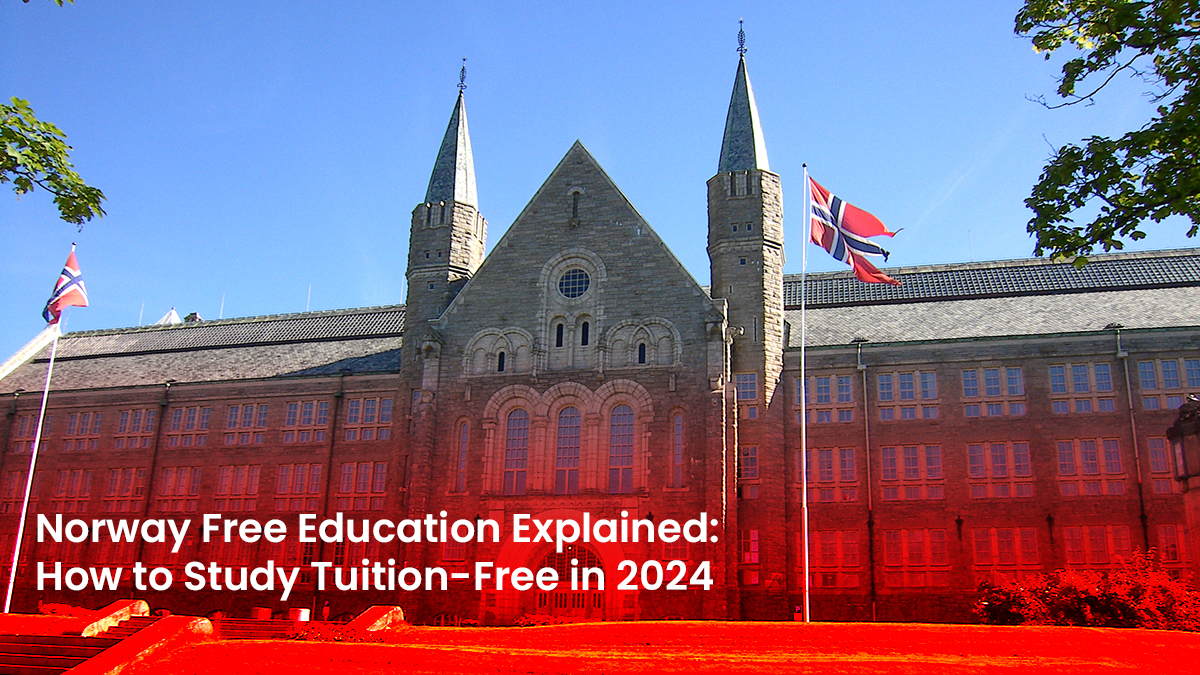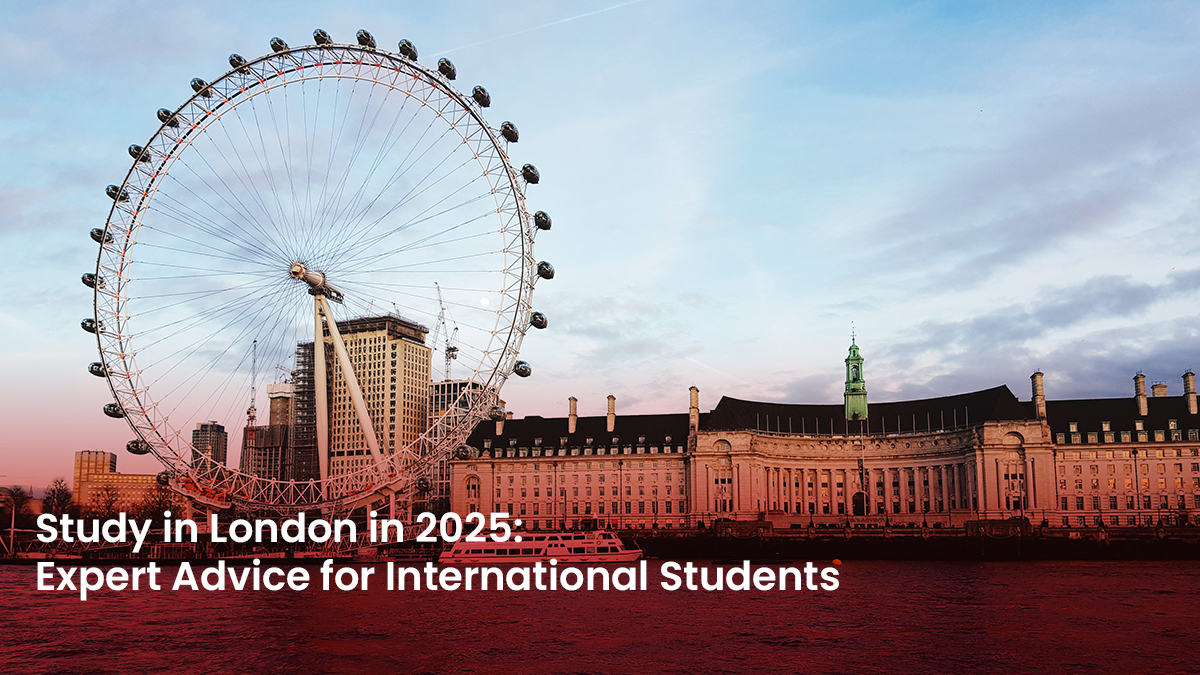The United States has been on top of the list for thousands of international higher education aspirants across the globe in the last decade. More than 1 million foreign students joined U.S. universities in the 2019-20 academic year.
However, the overall enrollment numbers for international students dropped by 1.8% in 2019-2020 compared with the previous academic year because of the impact of COVID-19, as per data from the Institute of International Education.
With travel restrictions being lifted gradually for students wishing to study in the United States, many of them are hopeful of joining their courses and colleges of choice. Recent data suggests that first-time graduate enrollment for Fall 2020 for temporary residents, which includes foreign students, was the highest for fields such as business, engineering, and mathematics and computer science at 11,297, 10,586, and 10,248 respectively.
The total graduate enrolment figures for temporary residents in the business subjects for Fall 2020 was 32,201, with engineering subjects seeing the highest enrollments at 58,513, and mathematics and computer science at 48,877.
A report by the Council of Graduate Schools and Graduate Record Examinations says that 35,138 first-time foreign students in Fall 2020 were enrolled at public universities and 27,128 at private or not-for-profit institutions.
As per the total graduate enrollment by Carnegie Classification for Fall 2020, 181,390 temporary residents were enrolled in public institutions and 96,218 in private ones.
As many as 33,077 first-time graduate enrollments by temporary residents in Fall 2020 were men and 29,693 were women.
The total graduate enrollment for public institutions by temporary residents stood at 181,390 and 96,218 at private institutions under the Carnegie Classification for Fall 2020. The first-time enrollment also increased by 16.7 percent among Asian students between Fall 2019 and Fall 2020. The first-time graduate enrollment of Asian students in U.S. universities for Fall 2020 was 35,008.
The survey gathers information on postgraduate and doctoral program applications, enrollment, and degrees awarded in the United States.
Understanding the need to get back more international students to their campuses, the U.S. Secretary of State Antony Blinken had also highlighted why these students are crucial for the country’s economic prosperity.
When it comes to courses, STEM programs are on top of the list for international students, with close to 62 percent of foreign graduate students being enrolled in 2019-20. India is one of the countries that sends a good number of students to the United States to pursue these courses, with nearly 78 percent choosing STEM degree programs. Out of the 193,000 students enrolled in American institutions in 2019-20, around 150,000 joined STEM programs.
Recent data by NAFSA: Association of International Educators suggest that over 1 million foreign students at U.S. higher education institutions in the 2019-2020 academic year contributed $38.7 billion to the country’s economy.
However, this was 4.4 percent lower than the previous year and marked a loss of $1.8 billion. This was one of the first major decreases in economic contributions by international students in close to two decades. Indian students generated $7.6 billion in 2019-20 for the U.S. economy despite a drop in the number of students.












